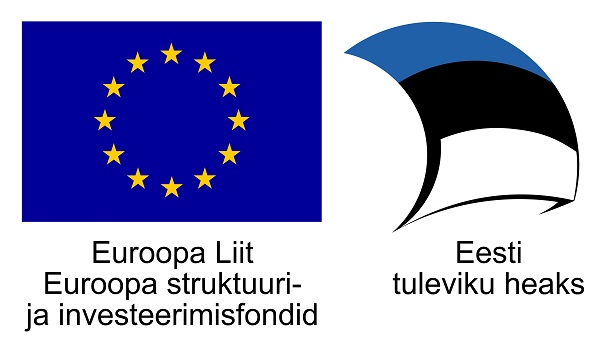Motorcycles made in Estonia
Since the motorcycle has among other things become a luxury item, it offers the designer a great number of new opportunities to approach the task from a completely different angle. This was the basis for Renard.
“Motorcycles are something that we love and like to be involved with. Something exciting from childhood that we never got enough of,” explains one of the creators, Andres Uibomäe.
In the beginning, the Renard design concept was inspired by the beauty of 30-40’s motorcycles, and that is where the girder front suspension came from. It is a conventional 1930’s double-fishbone solution that has a functional benefit besides it’s retro appearance – the bike does not “dive” during heavy braking. One main part of Renard’s GT essence is design, so you may say it is a design motorcycle, but it is definitely not a motorised sculpture! It is a bike you want to take to trackday; it is made for cornering.
“During the creative process it became our mission to prove that it is possible to create an eye-catching product in Estonia, one that would be accepted internationally by experts in the field for its design, innovative use of materials and functionality. At the same time it should be an example to local enterprises to demonstrate that through collaboration between industrial design and the manufacturing industry it is possible to produce an internationally competitive product,” explains Uibomäe.
Engineering intelligence
The DNA of the Renard Grand Tourer is engineering intelligence – an ultra-light composite unibody, longitudinally mounted V2 engine and components that represent the cutting edge in the motorcycle industry.
The Renard GT’s carbon-fibre monocoque weighs only 11 kilograms, and is reinforced with Kevlar to make it resistant to impact and vibration. Thanks to an increased cross-section, the composite body is stiffer than a regular pipe frame, and thus, ensures very precise steering.
The modern air-cooled engine produces approximately 125 hp at 8000 RPM, and the GT has a top speed of 230 km/h.
The further success of the motorcycle relies on what happens next. “Personal contacts and communication are the key to good business,” says Uibomäe. The next step for them is to show their work at moto fairs and make contact with potential customers.





